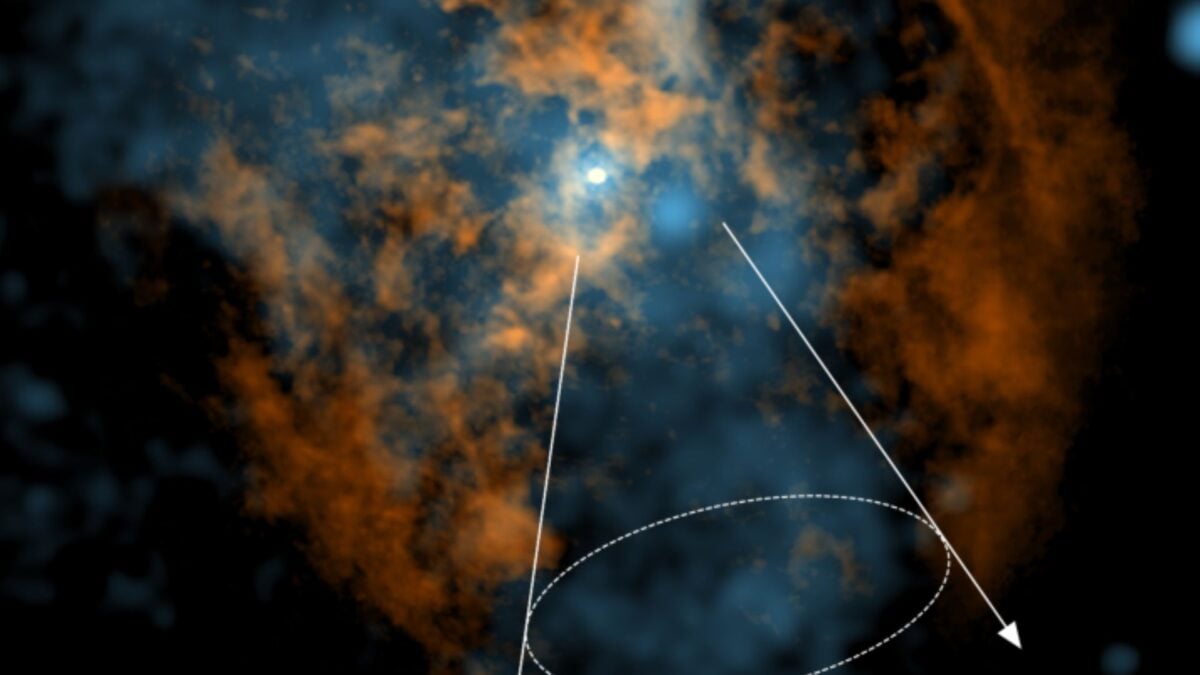Every large galaxy harbors a supermassive black hole at its center, each one emitting powerful winds of hot gas from its event horizon. Our galaxy should be no exception. Yet for the last 50 or so years, astronomers have been searching…
Category: 7. Science
-
Just a moment…
Just a moment… This request seems a bit unusual, so we need to confirm that you’re human. Please press and hold the button until it turns completely green. Thank you for your cooperation!
Continue Reading
-

NASA to shift astronauts onto chips for lunar mission 2026
In a recent development for…
Continue Reading
-
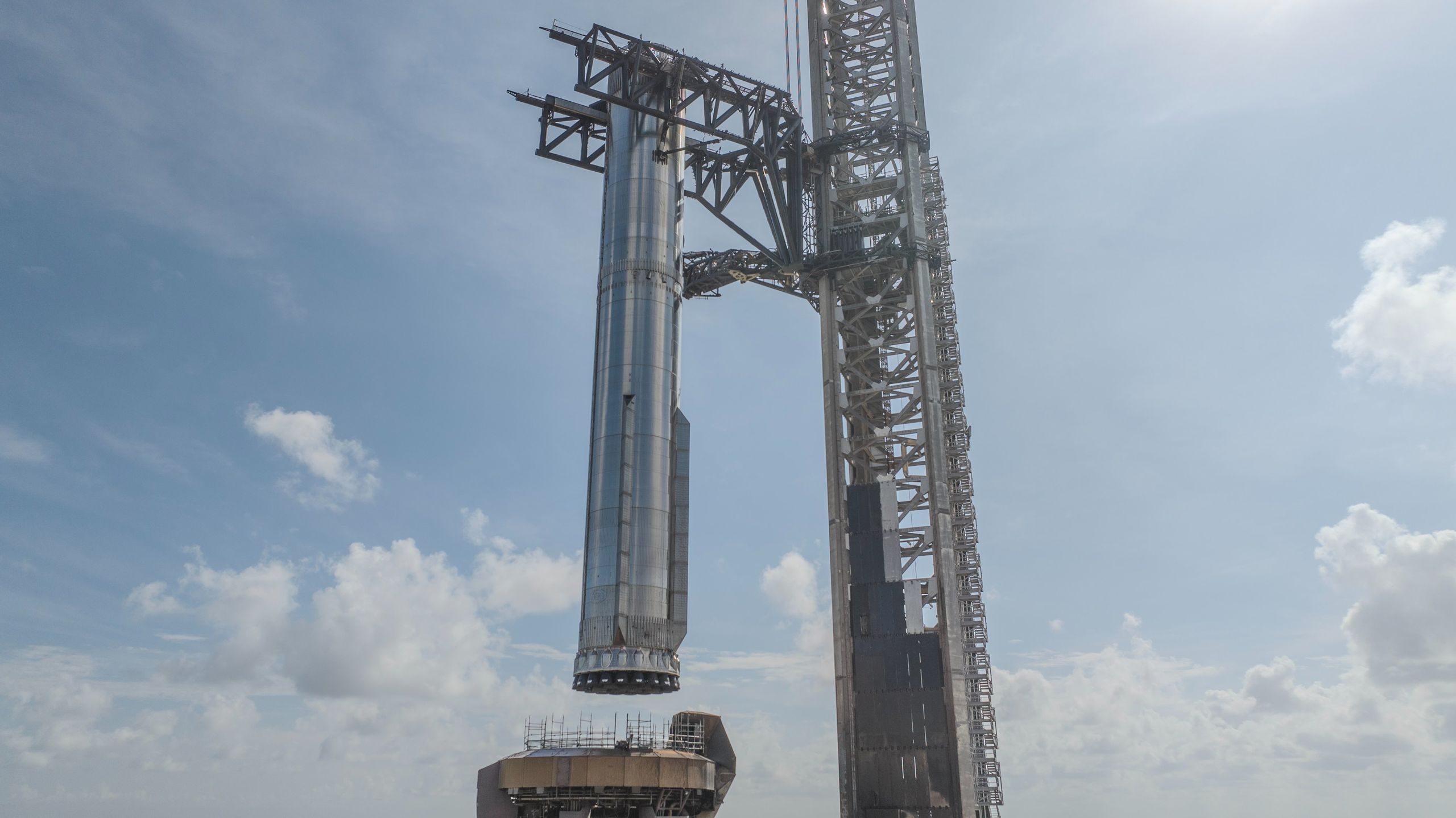
What time is SpaceX’s Starship Flight 11 launch on Oct. 13? How to watch it live
SpaceX plans to launch the 11th test flight of its Starship megarocket on Monday evening (Oct. 13), and we’ve got the information you need to tune in live.
The Starship Flight 11 test is scheduled to launch from SpaceX’s Starbase site in South…
Continue Reading
-
Rare new species of Jurassic-era ‘sword dragon’ discovered could solve a mystery
A rare marine species has just been discovered, which could pinpoint a very interesting time in history for the Jurassic period.
Found on the UK’s Jurassic Coast, this new and rare species of ichthyosaur was revealed in a study published just…
Continue Reading
-
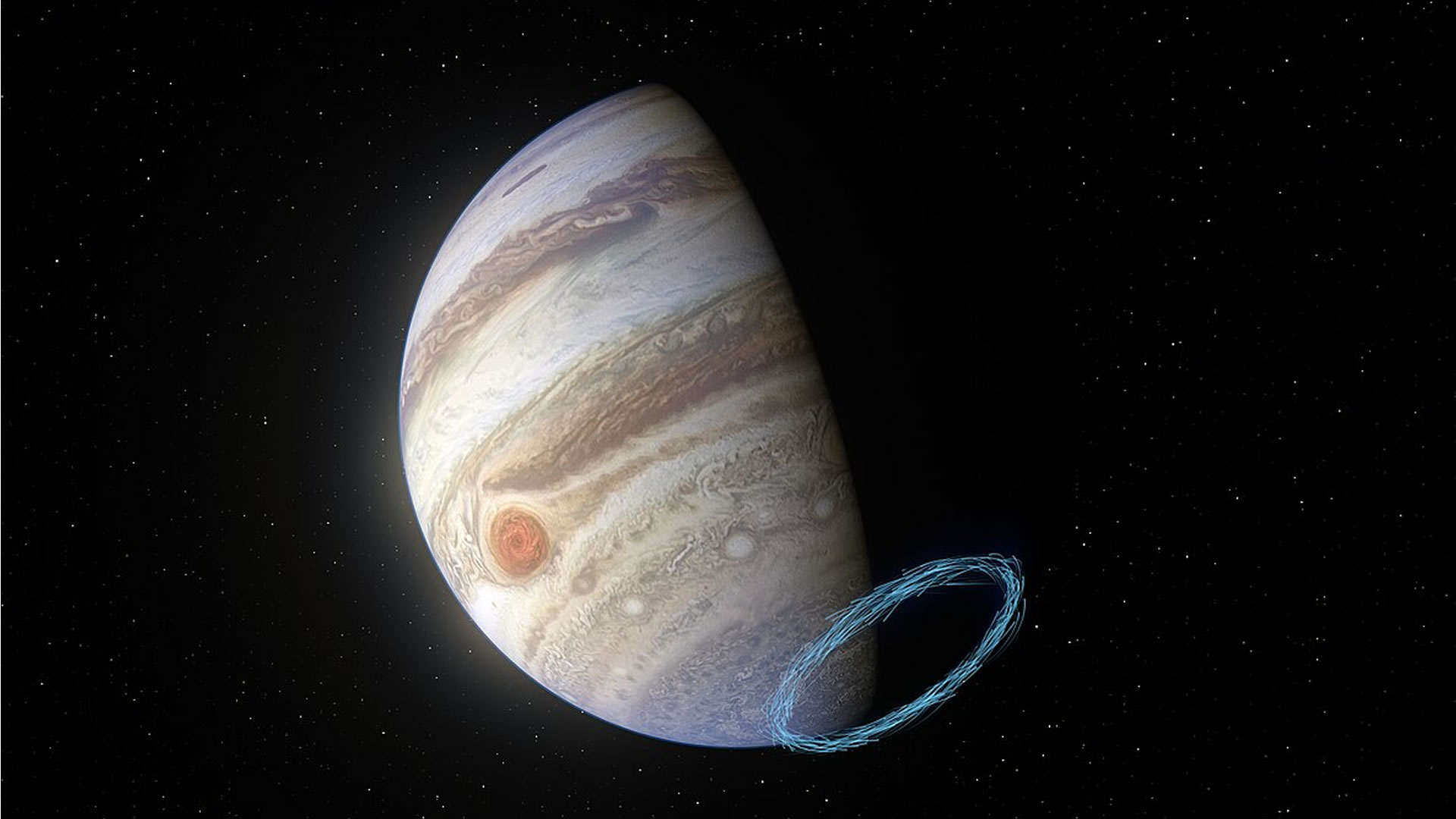
Mystery of jet streams on gas giants explained with unified model
Researchers from the Netherlands Research School of Astronomy have created a new model that, they believe, explains the extreme jet streams seen on large planets like Jupiter and Saturn.
All four of the giant planets (Jupiter, Saturn,…
Continue Reading
-
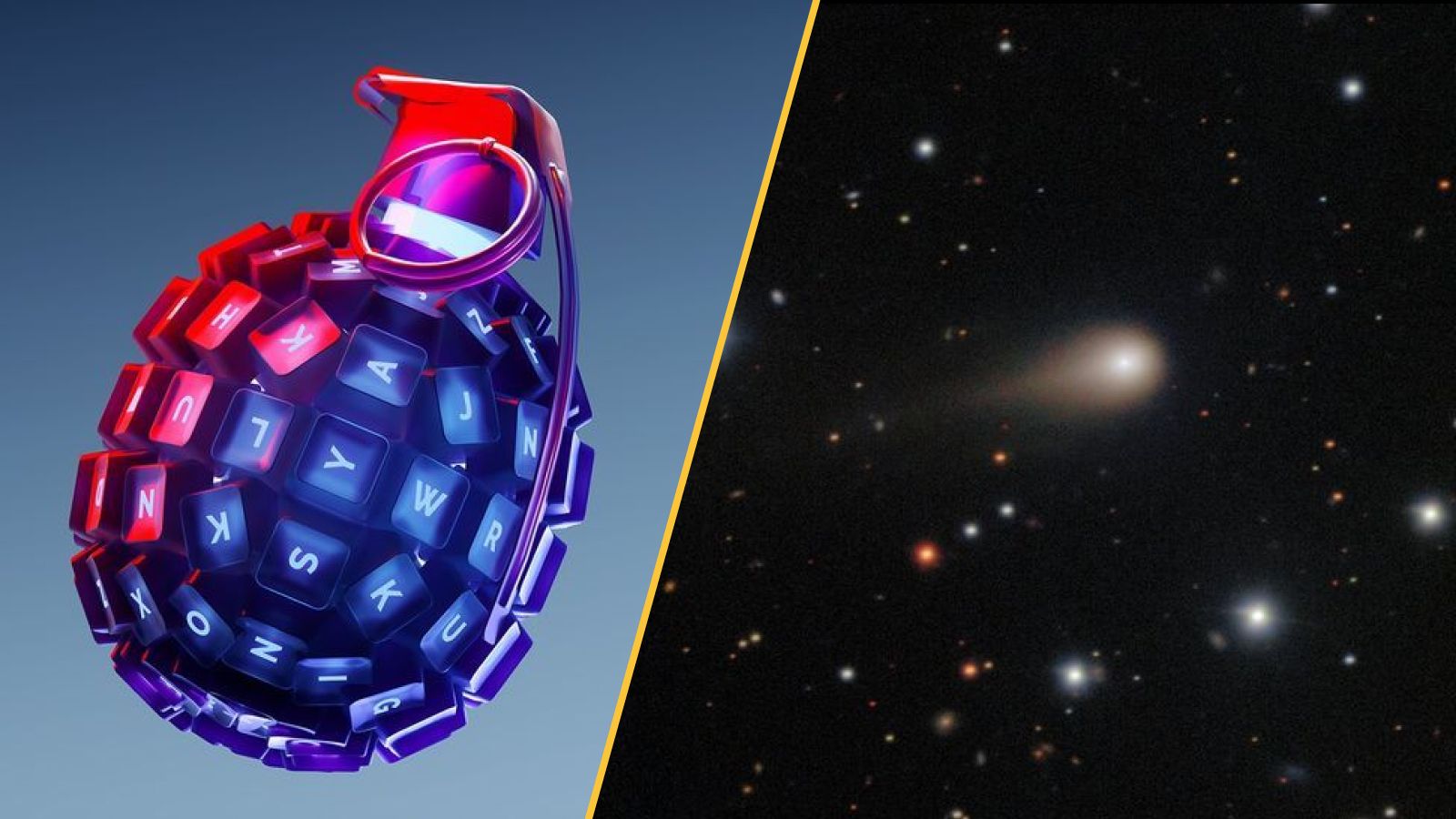
Science news this week: Astronomers close in on comet 3I/ATLAS’s origins, a strange gravity anomaly discovered off Africa and AI designs brand-new viruses
This week’s science news was bursting with mind-blowing astronomical observations, led by new discoveries about the origins of the comet 3I/ATLAS.
The comet, an interstellar interloper from far beyond our solar system, was first spotted in late…
Continue Reading
-

VC wants to make science fiction fact • The Register
A venture capital fund is looking for ideas that are out of bounds for traditional investors, seeding technology that may only come to fruition decades down the line, but where researchers can show real results in the lab.
Deep Future…
Continue Reading
-
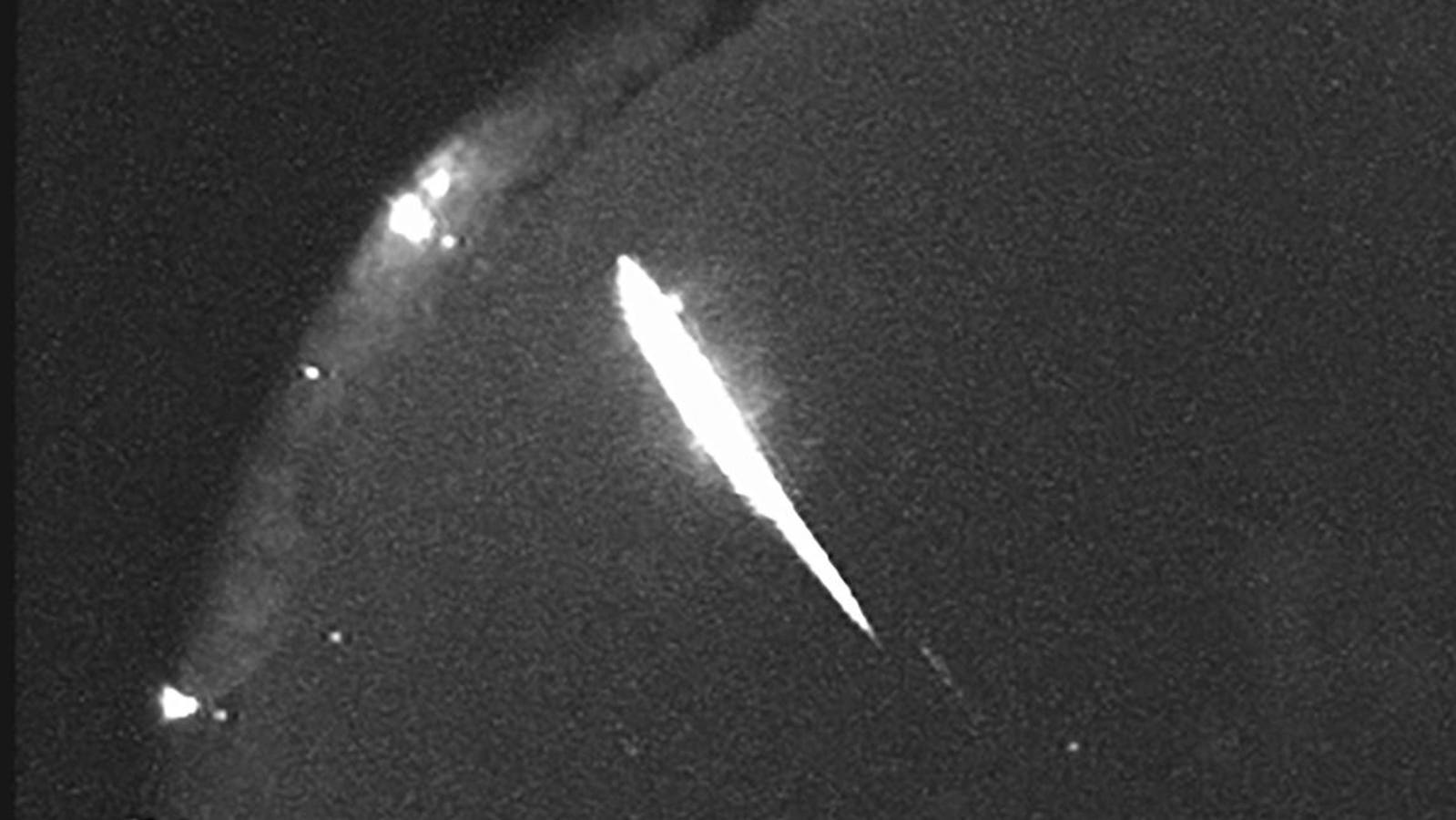
Two ‘Fireball’ Meteor Showers Begin Monday — When To Watch Them Peak
Topline
Two meteor showers known for producing bright fireballs — particularly bright “shooting stars” — become active on Saturday, Oct. 11, 2025. The Southern Taurids and the Northern Taurids begin together, creating a six-week window…
Continue Reading
-
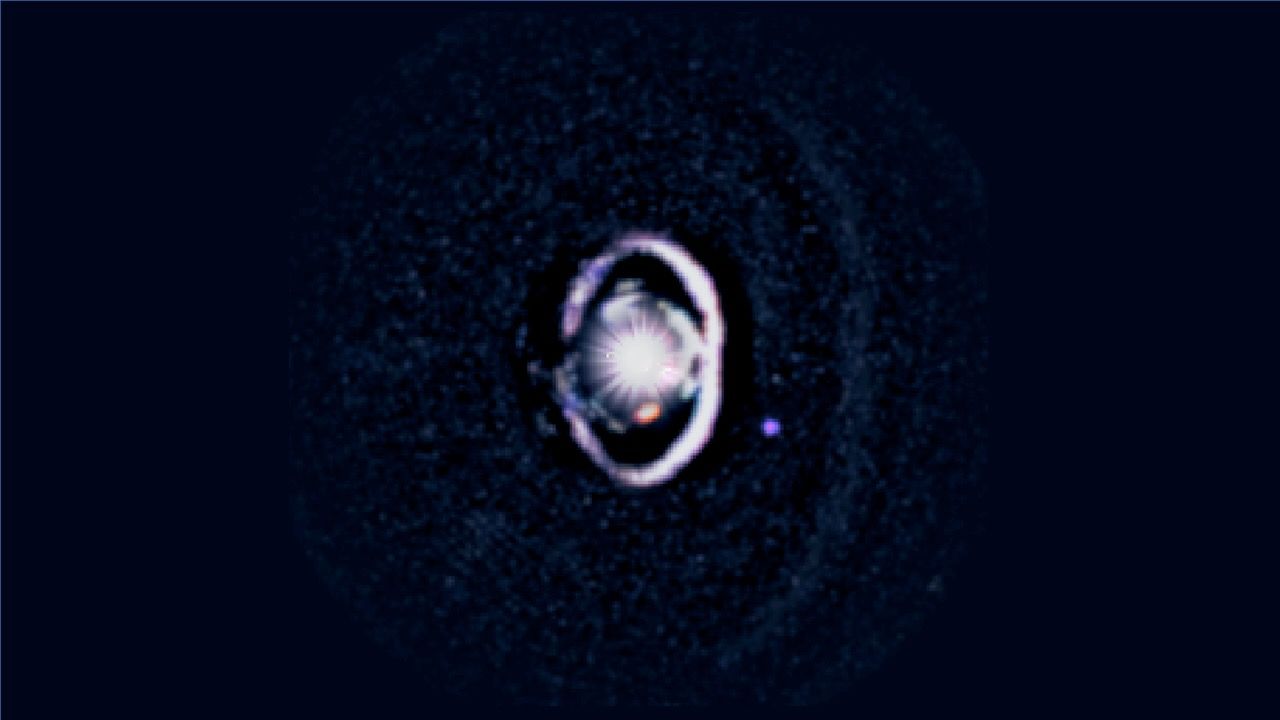
Incredible telescope image shows baby exoplanet being born
A baby planet has been spotted nestled inside a ring around its young parent star, offering a never-before-seen view of planet formation.
Using the Magellan Telescope in Chile and the Large Binocular Telescope in Arizona, astronomers have…
Continue Reading
